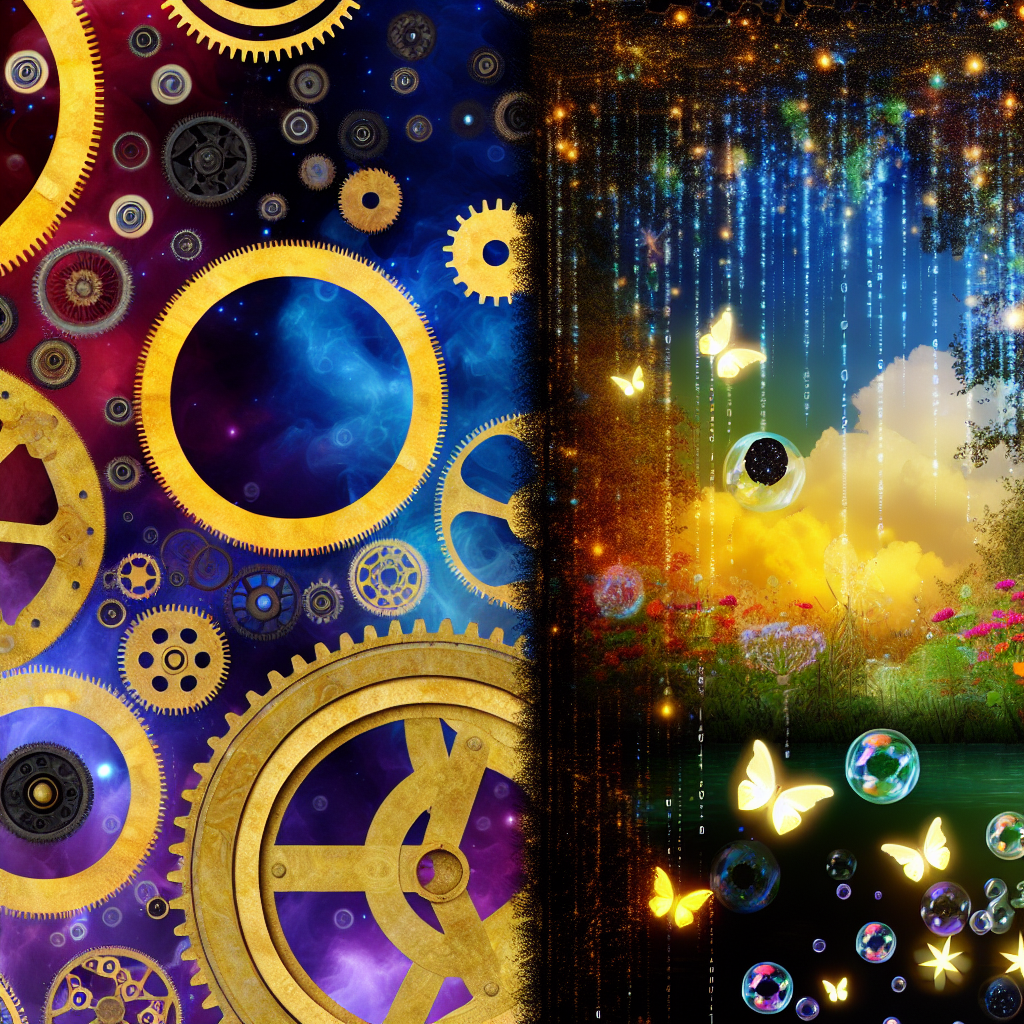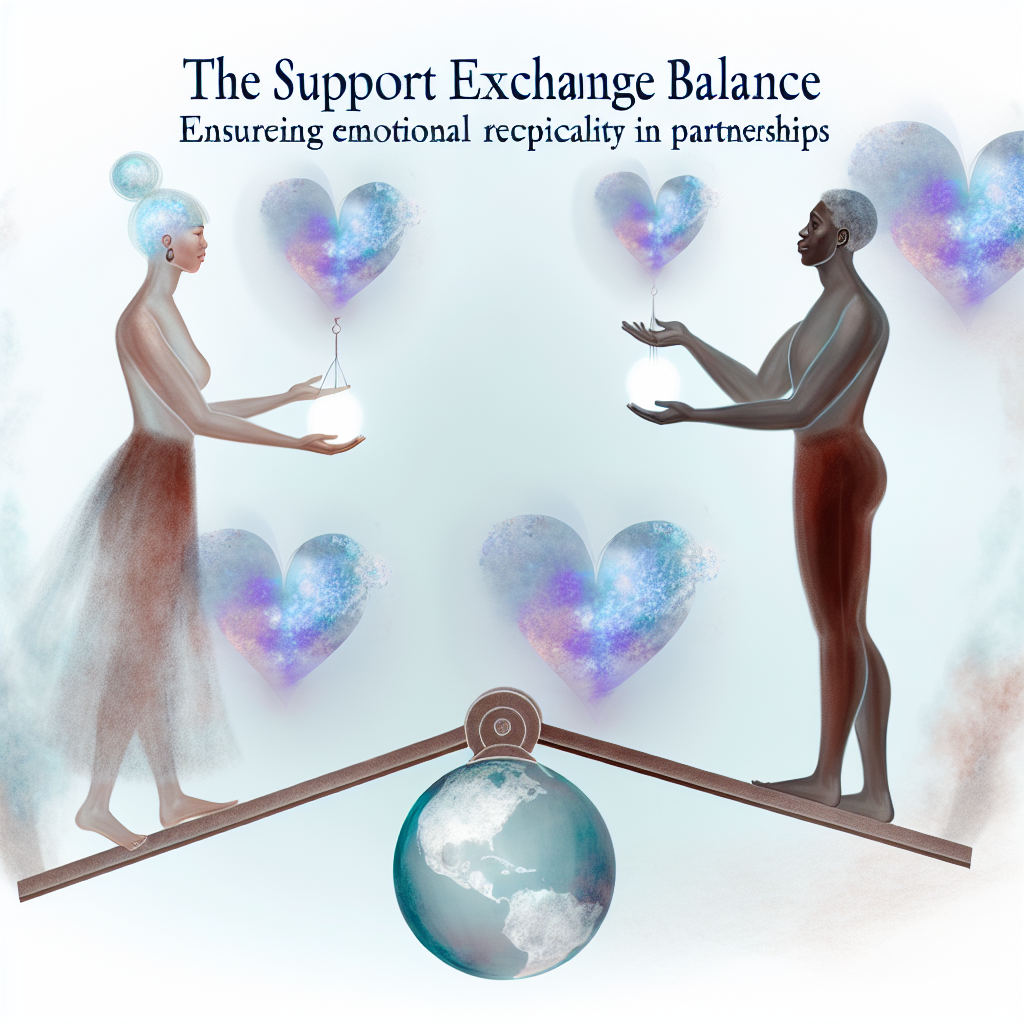Matchmaking vs. Serendipity: The Science Behind Engineered vs. Natural Connections
Introduction
For centuries, love and relationships have been influenced by fate, chance, and human intervention. Some people believe in serendipity—the magical spontaneity of meeting “the one” in an unexpected place, at an unexpected time. Others trust in structured matchmaking, where science, psychology, and compatibility algorithms help identify ideal partners. But which method leads to stronger, more meaningful relationships?
Technology has revolutionized dating, allowing people to filter potential partners based on shared interests, values, and lifestyles. Matchmaking companies utilize psychology, artificial intelligence, and behavioral science to make data-driven relationship predictions, cutting out much of the trial-and-error dating experience. On the other hand, spontaneous, serendipitous relationships thrive on chemistry, physical attraction, and unpredictable life circumstances. The unpredictability of meeting someone naturally can be thrilling, but does it yield the same success as strategically guided matchmaking?
The Science Behind Matchmaking and Serendipity
The Power of Matchmaking: Can Science Engineer Love?
Matchmaking is rooted in psychology and compatibility science. Professional matchmakers use extensive personality assessments, relationship coaching, and psychological profiling to curate highly compatible matches. Scientific studies suggest that structured approaches can increase the likelihood of long-term relationship success by pairing individuals with shared values and compatible personalities.
One pivotal study published in *Proceedings of the National Academy of Sciences* analyzed thousands of couples and found that those who met through structured, intentional means (such as matchmaking and online dating) had higher levels of marital satisfaction compared to those who met naturally. Researchers concluded that intentional matchmaking allowed individuals to enter relationships with a clearer understanding of compatibility factors, reducing potential conflicts later on [(Cacioppo et al., 2013)](https://www.pnas.org/content/110/25/10135).
Another study by the University of Chicago found that couples who met through online platforms reported more stability in their relationships than those who met through serendipitous interactions. The structured nature of dating apps and matchmaking services seemed to promote alignment in life goals, values, and expectations—key factors in long-term success [(Rosenfeld et al., 2019)](https://journals.sagepub.com/doi/full/10.1177/0956797619835143).
The Magic of Serendipity: Does Fate Play a Role in True Love?
Serendipity in dating—the unexpected, random way two people meet—has long been perceived as romantic and enchanting. Psychological research suggests that spontaneous attraction is often fueled by physical chemistry, emotional intensity, and novelty. The unpredictability of serendipitous encounters triggers dopamine release, strengthening immediate feelings of connection.
A study published in the *Journal of Social and Personal Relationships* found that people who believe in fate are more likely to perceive a partner as “meant to be” if they meet under so-called “destined” circumstances. This belief can intensify emotional bonding and increase relationship commitment [(Knee et al., 2003)](https://journals.sagepub.com/doi/abs/10.1177/0265407503020005005).
However, serendipitous love faces unique challenges. Many relationships born from chance encounters rely heavily on attraction and chemistry, but may lack long-term compatibility. Without an intentional foundation built on mutual goals and values, some spontaneous relationships may struggle to survive beyond the honeymoon phase.
Matchmaking vs. Serendipity: Which Leads to Lasting Love?
Both matchmaking and serendipitous encounters have compelling advantages, but science suggests that structured matchmaking creates more stable, compatible, and long-lasting relationships. While the excitement of a chance meeting can create an immediate spark, intentional compatibility assessments help ensure deeper, more sustainable connections.
That said, perhaps the best approach isn’t choosing between matchmaking or serendipity, but rather embracing both. A balance between the two—allowing for natural chemistry while making informed, intentional choices—may be the most effective way to build lasting love.
No matter how romance begins, the key to strong relationships lies in genuine effort, shared values, and emotional resilience. Whether love is engineered or stumbled upon, nurturing connection remains the ultimate factor in relationship success.
References
– Cacioppo, J. T., Cacioppo, S., Gonzaga, G. C., Ogburn, E. L., & VanderWeele, T. J. (2013). *Marital Satisfaction and Breakups Differ Across Online and Offline Meeting Venues*. *Proceedings of the National Academy of Sciences*, 110(25), 10135-10140. [Link](https://www.pnas.org/content/110/25/10135)
– Rosenfeld, M. J., Thomas, R. J., & Hausen, S. (2019). *Disintermediating Your Friends: How Online Dating in the United States Displaces Other Means of Meeting*. *Proceedings of the National Academy of Sciences*, 116(36), 17753-17758. [Link](https://journals.sagepub.com/doi/full/10.1177/0956797619835143)
– Knee, C. R., Patrick, H., & Lonsbary, C. (2003). *Implicit Theories of Relationships: Orientations to the Development of Close Relationships*. *Journal of Social and Personal Relationships*, 20(5), 635-659. [Link](https://journals.sagepub.com/doi/abs/10.1177/0265407503020005005)
Summary:
The article explores the science behind engineered matchmaking and natural serendipitous connections in the context of building lasting romantic relationships. It highlights the advantages and drawbacks of each approach, drawing insights from psychological research. While spontaneous encounters can create an immediate spark, structured matchmaking seems to yield more stable and compatible partnerships in the long run. The article suggests that a balanced approach, embracing both spontaneity and intentionality, may be the most effective path to lasting love.

Dominic E. is a passionate filmmaker navigating the exciting intersection of art and science. By day, he delves into the complexities of the human body as a full-time medical writer, meticulously translating intricate medical concepts into accessible and engaging narratives. By night, he explores the boundless realm of cinematic storytelling, crafting narratives that evoke emotion and challenge perspectives. Film Student and Full-time Medical Writer for ContentVendor.com




